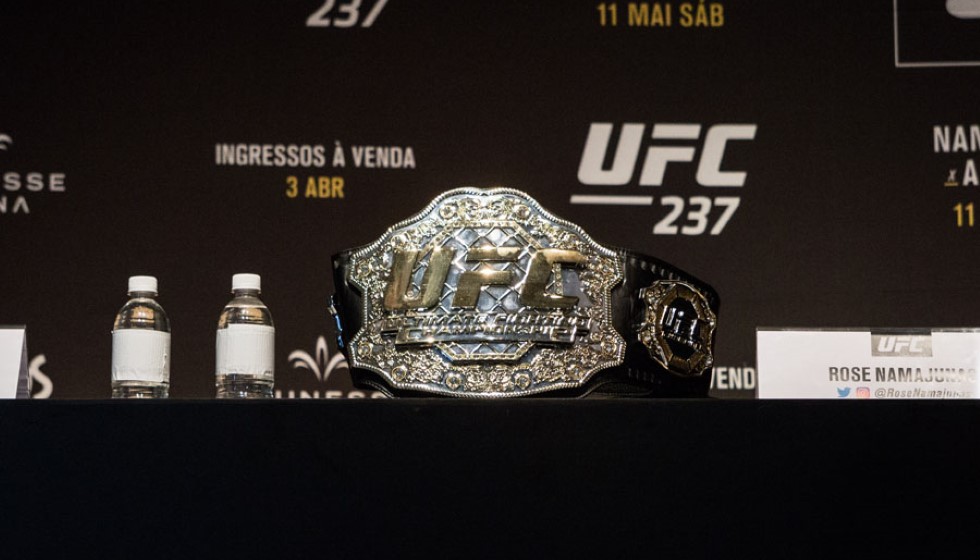
The Conundrum of Sean Strickland: Navigating Free Speech and UFC's Image
In the world of mixed martial arts (MMA), few figures stir the pot quite like Sean Strickland. With a penchant for making remarks that range from provocative to outright offensive, Strickland has become a polarizing figure within the sport. He consistently divides opinion, not just among fans but also among fighters and promoters. At the heart of the controversy surrounding Strickland is a significant dilemma for the Ultimate Fighting Championship (UFC) and its president, Dana White: how to balance the ideals of free speech with the potentially damaging impacts on the organization's image and sponsor relationships.
UFC's Stance on Freedom of Expression
The UFC, under the leadership of White, has long prided itself on being a platform where fighters can freely express themselves. "I don't give anyone a leash," White stated emphatically at a UFC 297 press conference in January. "Free speech, brother. People can say whatever they want and believe whatever they want." This ethos of free speech is deeply ingrained in the UFC's policy, which famously refrains from censoring fighters, even when their comments might ignite controversy.
However, the organization is also acutely aware of its public image and the interests of its sponsors. While the UFC values the principle of free speech, it recognizes the challenges that come with managing the expressions of its fighters in a way that does not harm the brand or jeopardize its commercial partnerships. This balancing act is especially relevant in cases like Strickland's, whose unfiltered remarks make him a particularly complex figure to manage.
Strickland's Impact on the Octagon and Beyond
Strickland is not only known for his controversial comments but also for his prowess in the octagon. He held the middleweight champion title for four months, a testament to his abilities as a fighter. Despite his loss at UFC 297, which saw him miss out on an immediate rematch, Strickland is slated to face Paulo Costa at UFC 302, highlighting his continued relevance in the sport.
The fighter himself is not unmindful of the delicate balance the UFC must strike. Speaking on the matter, Strickland acknowledges the organization's image management challenges. His situation underscores the broader scrutiny faced by the UFC when it comes to handling controversial fighters. It's a dynamic ordeal, as Dana White and the organization grapple with ensuring personal expression doesn't clash with organizational interests.
Testing the Limits
Sean Strickland's conduct raises broader questions about the limits of acceptable behavior in sports and the responsibilities of athletes with public platforms. His case tests the boundary between an individual's right to free speech and the societal and organizational norms that dictate what is considered acceptable. As Strickland prepares to step back into the octagon, his actions and words off the ring continue to spark debate over these complex issues.
The UFC finds itself in a challenging position, endeavoring to support its fighters' freedom of expression while also protecting its image and maintaining positive relations with sponsors and fans. "There's nothing wrong with them saying, 'Hey, you know what… I don't necessarily think Sean is the best look for our sponsors,'" reflects the nuanced understanding that while free speech is a right, it is not devoid of consequences, especially in the highly publicized realm of professional sports.
Conclusion
In handling the diverse personalities within its ranks, the UFC demonstrates the intricate dance between upholding the values of free speech and safeguarding the brand's reputation. As society continues to grapple with these themes, figures like Sean Strickland serve as focal points in the ongoing debate about the role of athletes and sports organizations in navigating the complex terrain of freedom of expression versus corporate responsibility. The UFC's management of such cases remains a subject of interest, offering insights into the broader challenges faced by institutions in balancing individual freedoms with organizational and societal norms.